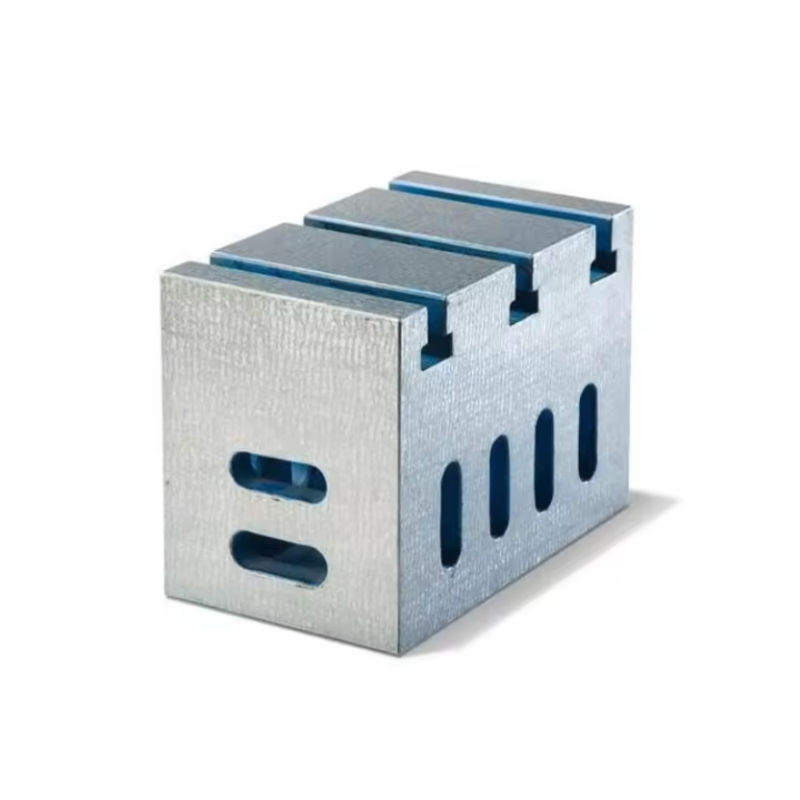Dec . 10, 2024 03:09 Back to list
Understanding Tapered Thread Ring Gauges for Precision Measurement and Quality Control
Understanding Taper Thread Ring Gauges
Taper thread ring gauges are essential tools in the field of precision engineering, particularly for industries that require high-quality threaded components such as oil and gas, marine, and automotive applications. This article will delve into the significance, design, and application of taper thread ring gauges, highlighting their importance in ensuring the accuracy of taper threads in various mechanical systems.
What is a Taper Thread?
Before discussing taper thread ring gauges, it is crucial to understand what taper threads are. Taper threads are designed to create a tight seal when two components are joined together. Unlike parallel threads, where the thread diameter remains constant, taper threads decrease in diameter over their length. This design allows for a strong friction fit, commonly used in fittings such as pipe joints to prevent leaks and ensure durability.
The most widely used taper thread standards include the American National Standard Pipe Thread (NPT) and British Standard Pipe Thread (BSPT). Each standard outlines specific taper angles, usually at 1/16 inch per foot, creating a 3/4 inch taper for every foot of length. This design enables a gradual fit that enhances sealing capabilities.
What is a Taper Thread Ring Gauge?
A taper thread ring gauge is a precise measuring instrument used to verify the dimensional accuracy of taper threaded components
. These gauges are designed to fit over the male taper threads of a workpiece, providing a clear indication of whether the threads conform to the specified tolerances. Ring gauges serve as both go/no-go gauges, consisting of two parts a go gauge that should fit over the threads and a no-go gauge that should not.The primary function of a taper thread ring gauge is quality control. By utilizing these gauges, manufacturers can efficiently and accurately determine whether a threaded component meets the required specifications before it is put into service. This process is critical because improper threading can lead to the failure of connections, causing leaks and potentially dangerous situations in applications where high pressure or volatile substances are involved.
Design and Materials
taper thread ring gauge

Taper thread ring gauges are typically made from high-quality tool steel or carbide to ensure durability and resistance to wear. The design is meticulously crafted to provide high accuracy, often with tolerances of a few microns. Additionally, the gauges undergo heat treatments to enhance their hardness and reliability over time.
In the manufacturing process, taper thread ring gauges are calibrated against national standards to ensure uniformity and consistency. Regular calibration is important to maintain accuracy, as wear and tear can affect the gauge’s performance.
Applications of Taper Thread Ring Gauges
The applications of taper thread ring gauges are vast and varied. They are predominantly used in industries that rely on tapered threaded connections, such as
1. Oil and Gas Ensuring the integrity of joints in pipelines where fluids and gases are transported under high pressure. 2. Marine Used in shipbuilding where reliable seals are vital to prevent leaks and ensure safety at sea. 3. Automotive In cars and vehicles, where precision engineering is required for engine components and exhaust systems.
4. Manufacturing and Assembly Ensuring quality in parts production, where threaded components must conform to strict specifications.
Conclusion
In conclusion, taper thread ring gauges are invaluable tools in the engineering and manufacturing sectors, playing a vital role in the quality control of taper threaded components. Their design ensures accurate measurements that help maintain the integrity of critical connections in various applications. As industries continue to evolve and demand higher levels of precision, the significance of tools like taper thread ring gauges will only increase, ensuring safety and efficiency in engineering practices.
-
Why Metric Trapezoidal Thread is Ideal for Precision Motion ControlNewsAug.05,2025
-
The Unique Properties of a Block of Granite for Industrial UseNewsAug.05,2025
-
The Role of Flanged Y Strainers in Preventing Pipeline ClogsNewsAug.05,2025
-
The Importance of Regular Calibration for Master Ring GagesNewsAug.05,2025
-
How a Cast Iron Surface Table Enhances Accuracy in ManufacturingNewsAug.05,2025
-
Comparing Different Check Valve Types for Optimal Flow ControlNewsAug.05,2025
Related PRODUCTS









